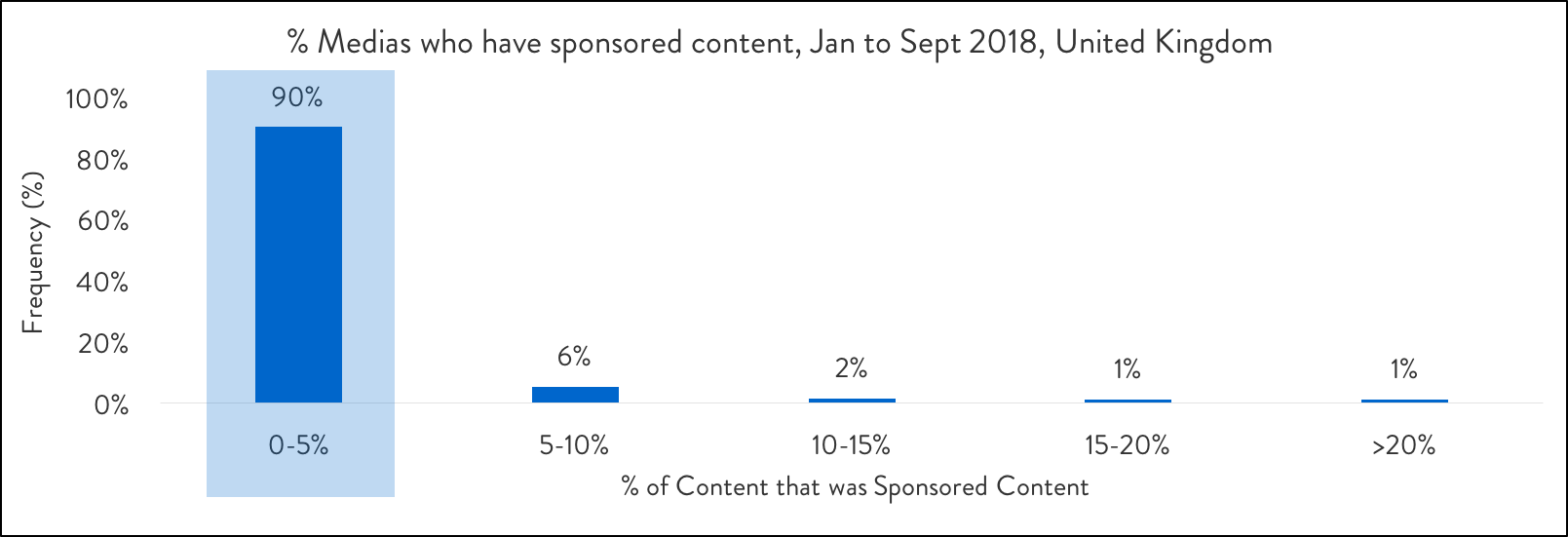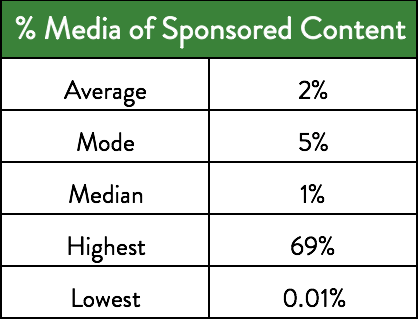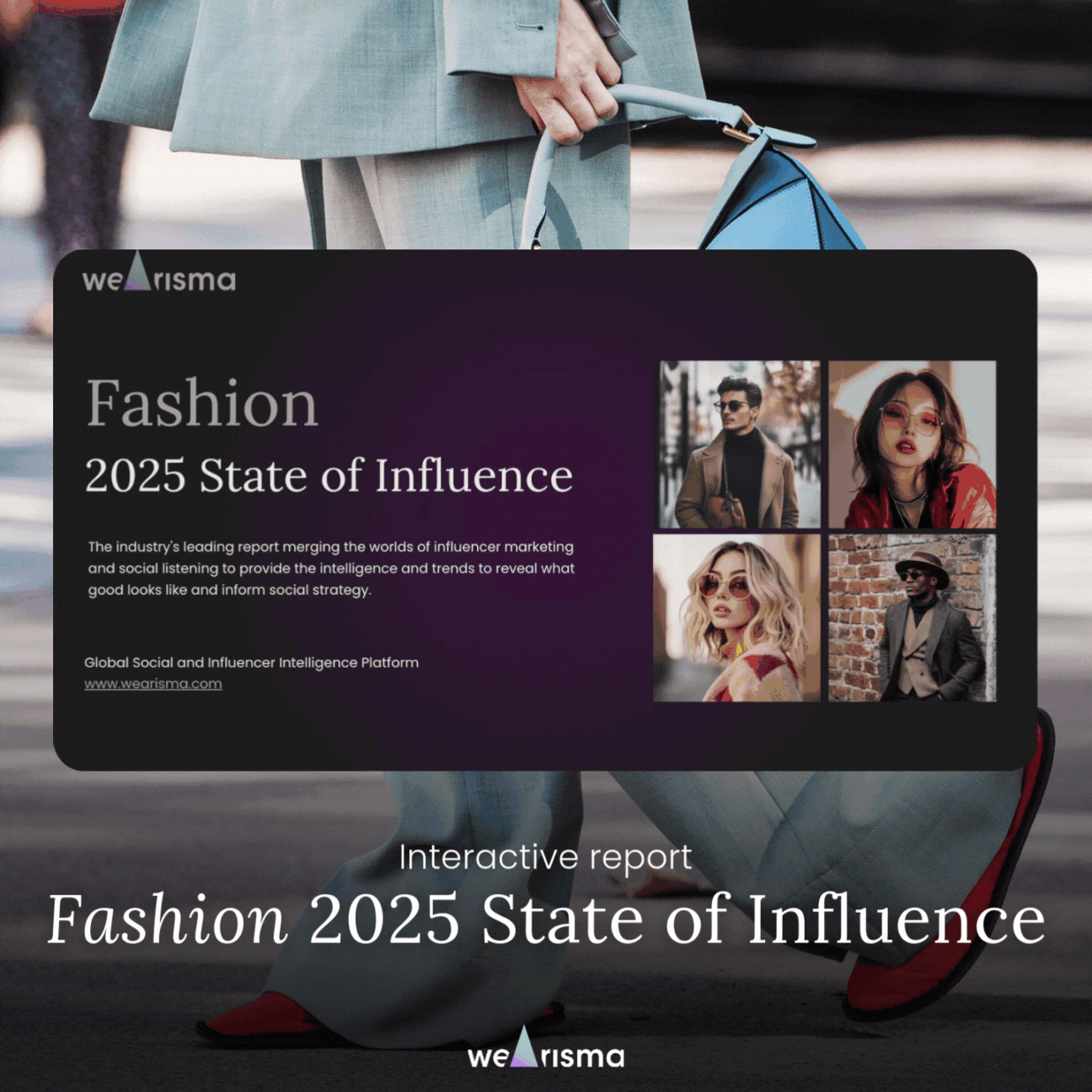Analysis of UK Instagram influencers reveals that while many influencers do post sponsored content, it constitutes only a small fraction of their overall posts, with an average of just 2% being sponsored. Despite concerns about ad saturation, consumer fatigue may stem more from misalignment between content and influencer values rather than the volume of sponsored posts.
Published On: October 18, 2018
With recent articles popping up on how much influencers are paid to generate sponsored content, it may explain why it may seem like our feeds are increasingly looking like a steady string of ads.
Taking a deeper look at Instagram influencers in the UK, we pulled a sample of content creators who have posted sponsored content between January and September of this year to identify the proportion of content that was sponsored.


This is interesting given the recent conversation around Influencer ad saturation. For instance, Bazaarvoice commissioned research into the attitudes of consumers and found that 47% of consumers felt “fatigued” by repetitive sponsored posts. It’s no secret that placing a strong emphasis on authenticity and relationship-building is key to finding success in influencer marketing. Users may not be tired of sponsored content but rather content that does not align with the influencers brand and beliefs.
Keep informed with the latest trends, reports, and case studies from the world of influencer marketing.

Influencer marketing has transformed significantly in recent years, expanding beyond simply identifying social media personalities with substantial followings. Today’s successful campaigns require sophisticated systems that address the entire marketing process, from strategic creator selection through content development to comprehensive performance analysis.

WeArisma’s Fashion 2025 State of Influence Interactive Report – Your Essential Guide to Beauty Brand Success in the Digital Age.
The fashion landscape is evolving. Traditional strategies no longer guarantee success – Resonance, Virality, and Authentic Engagement are beginning to define market leaders.
Our latest Fashion 2025 State of Influence Report uncovers the key shifts shaping the industry and the strategies fueling sustained impact.
Stay up to date with the latest industry trends and topics
Discover how WeArisma can help you harness the power in influence, grow your brand’s presence, and achieve measurable success.
WeArisma combines the power of AI, influencer marketing and social listening to deliver smarter, scalable strategies with real impact.